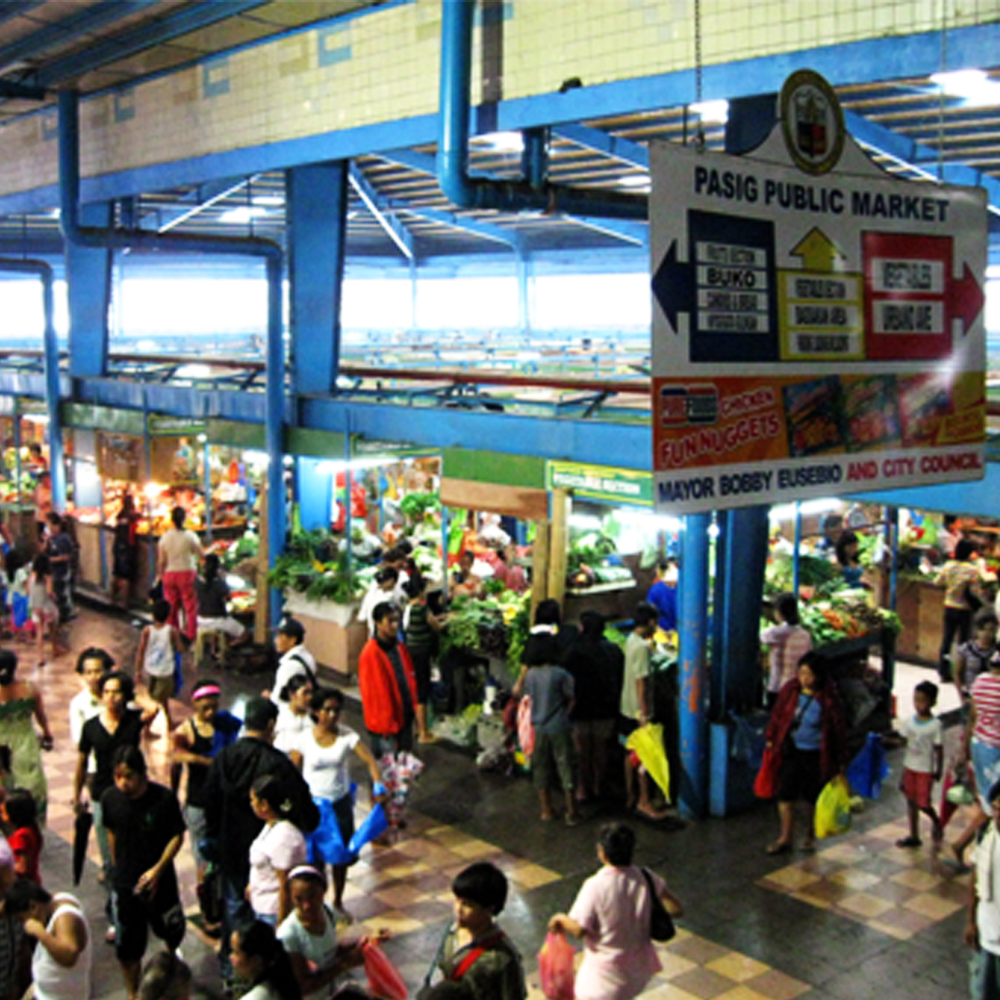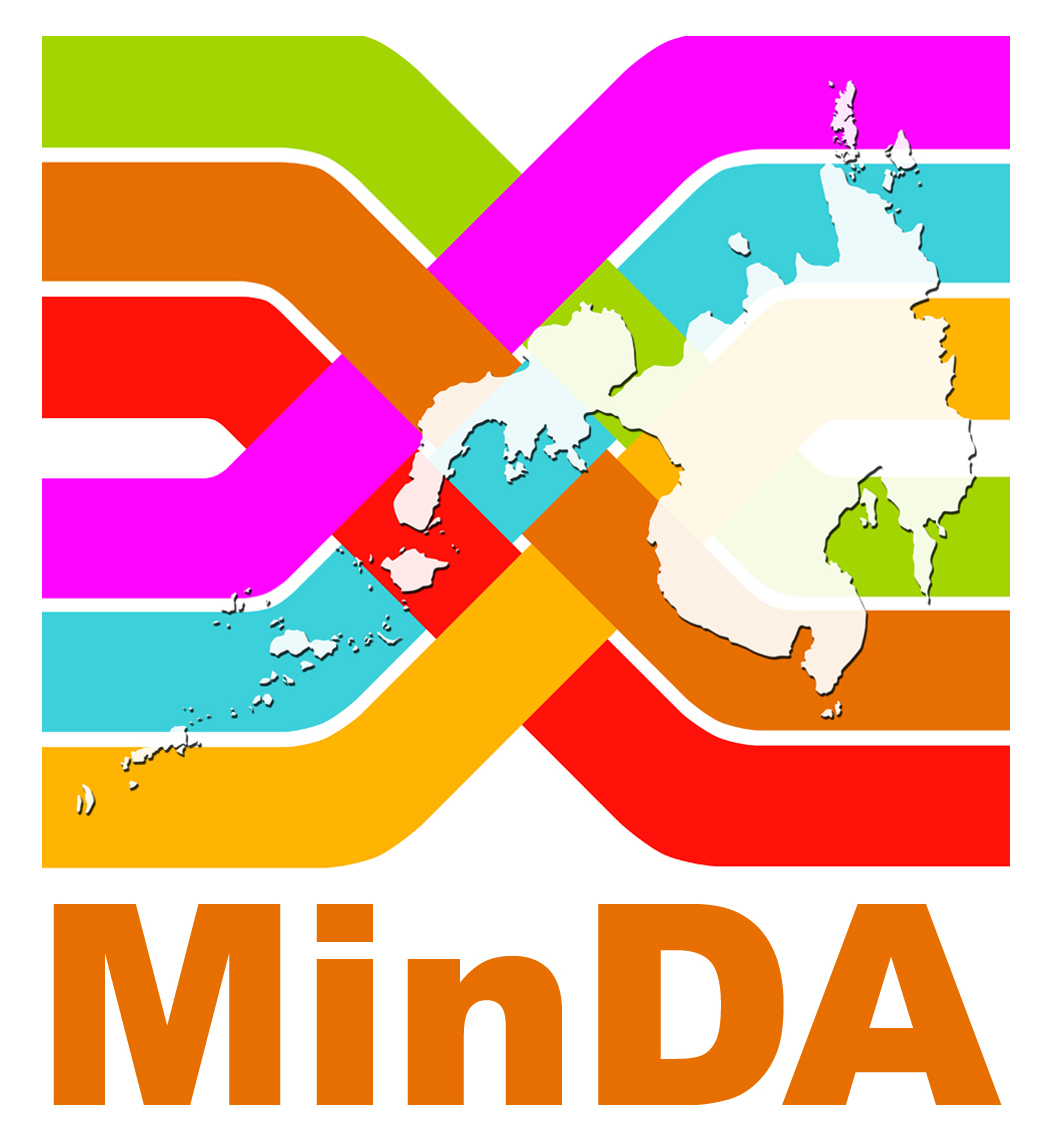Inflation
Socioeconomic Issue in Spotlight

Inflation refers to the rate at which the prices of commodities rise over a specific period of time. When this rate goes up, the value of the Philippine peso goes down as Filipinos can no longer purchase commodities as much as they previously could with the same amount of money.
According to Caparas (2002), inflation has two major types. The first one is the demand-pull inflation, or when the consumers demand more goods and services than available. The other one is the cost-push inflation, which results from the rise in the cost of inputs in the production process.
In 2017 alone, the Bangko Sentral ng Pilipinas (2017) noted a 3.2-percent inflation rate, the highest since 2015. This figure is almost twice the 2016 rate, which settled at 1.8 percent. Still, it fell well within the 2- to 4-percent target of the government for 2017, according to the National Economic and Development Authority.
According to Reyes (1996), inflation can be influenced by several factors. First, it can rise as a result of the oversupply of money, or when the national bank prints money beyond demand. Disturbances in the prices of basic commodities, such as rice, can also affect the general prices of goods.
Aside from these factors, market responses to economic uncertainties can also cause the inflation to rise. For instance, the proposed increase in oil prices in 1995 induced traders and retailers to stock up on basic commodities, thereby driving their prices up due to artificial shortages.
Sadly, Reyes (1996) claimed that inflation affects mostly the poor. According to the 2015 Family Income and Expenditure Survey, for instance, the poorest Filipinos spend at least 60 percent of their earnings on food, whose prices usually increase faster than other commodities except oil. Meanwhile, the nonpoor may even benefit from such increase in prices of commodities as it may lead to their income gains, according to Son (2008).
The Socioeconomic Research Portal for the Philippines has a collection of studies on inflation such as unemployment and inflation in the Philippines (Furuoka 2008), forecasting the volatility of Philippine inflation using GARCH Models (Ramon 2008), output gap and its role in inflation-targeting in the Philippines (Yap 2003), and college fee structure and Philippine inflation (Tan 2003).


